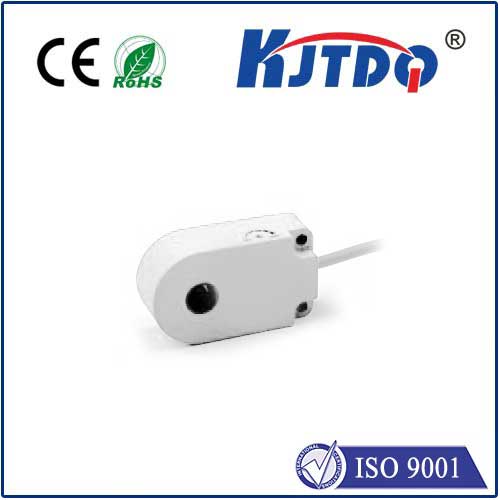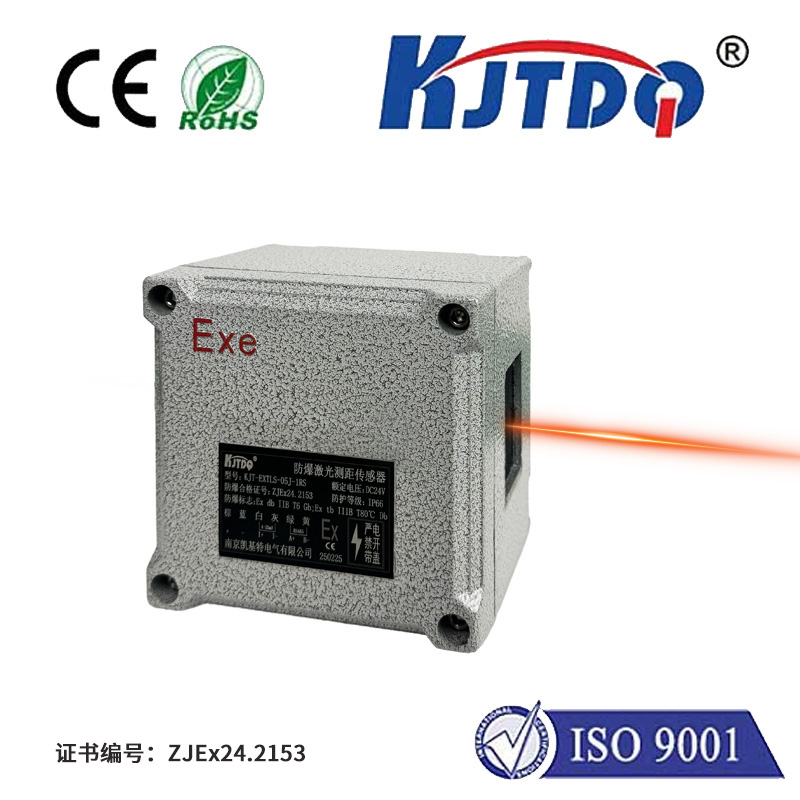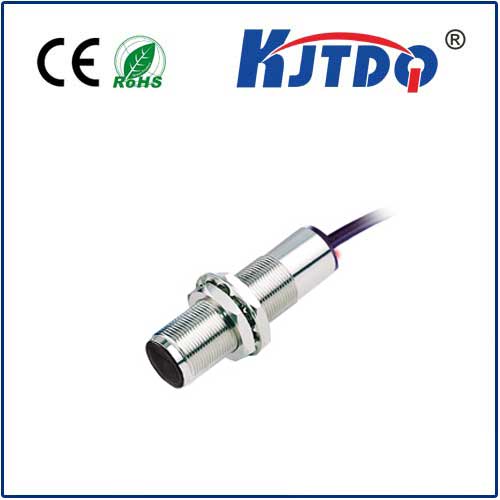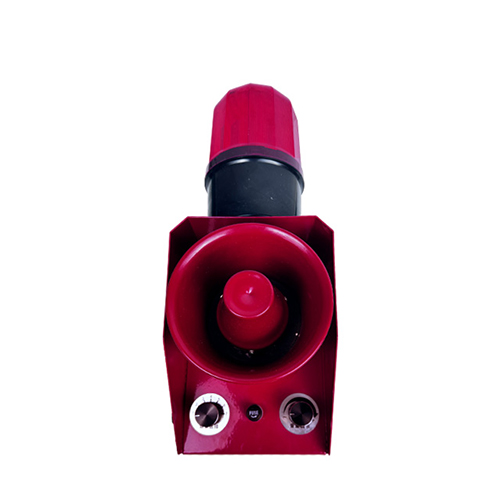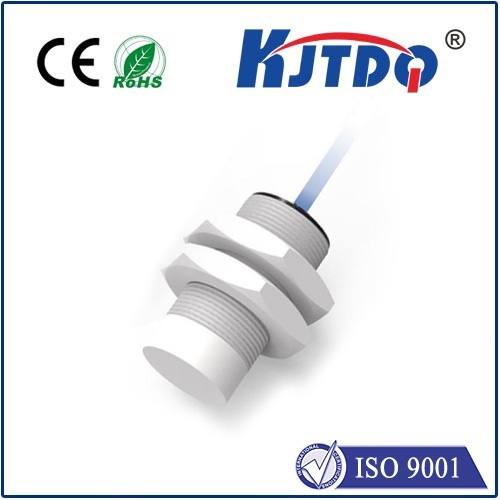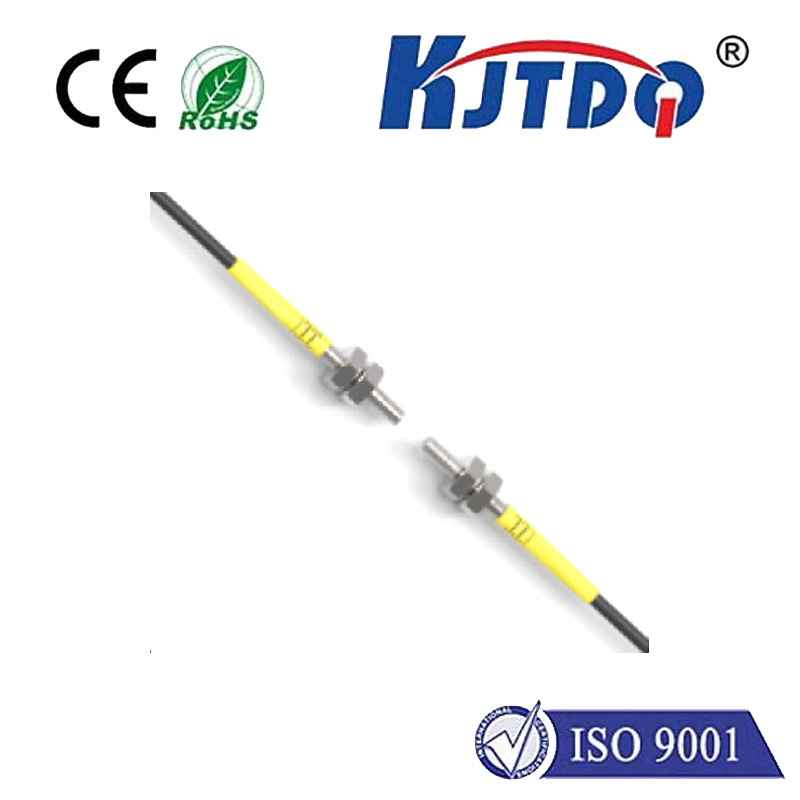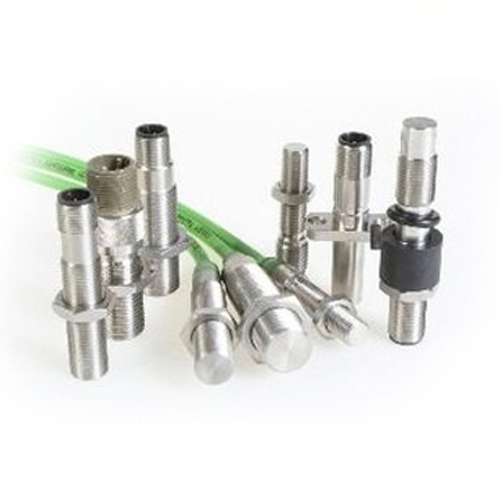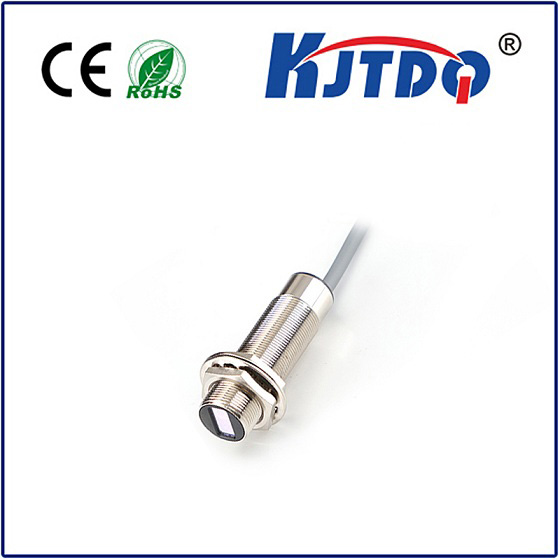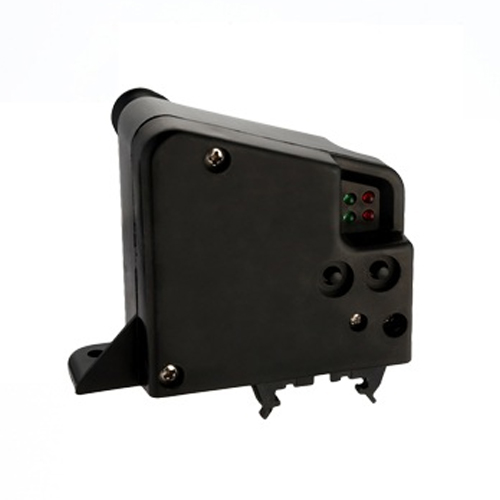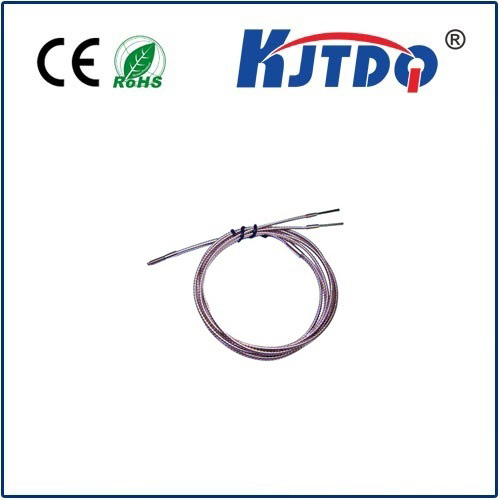

check

check

check

check

In the realm of temperature measurement technologies, optical temperature measurements have emerged as a revolutionary advancement. This technology offers several benefits over traditional methods, making it an attractive choice for various industries ranging from manufacturing to healthcare. First and foremost, one of the key advantages of optical temperature measurements is their non-invasive nature. Unlike thermometers or thermal couples that require physical contact with the object under measurement, optical methods can measure temperatures from a distance. This is particularly beneficial in environments where direct contact could alter the result or where it’s simply not possible, such as measuring the surface temperature of molten metal or in high-voltage scenarios. Another significant advantage is the speed at which optical temperature measurements can be taken. They are capable of providing real-time data, allowing for immediate responses to temperature fluctuations. This quick reaction time is crucial in industries where even minor variations in temperature can lead to significant consequences, such as in food processing or semiconductor manufacturing. Furthermore, optical temperature measurement techniques offer higher accuracy and precision compared to traditional methods. They are not affected by electromagnetic interference, which can be a problem in electrically noisy environments. This makes them ideal for use in scientific research and other precision-demanding fields. Additionally, these measurements offer versatility in terms of the materials they can measure. While traditional thermometers may struggle with certain materials or surface finishes, optical methods can handle a wide range of materials without difficulty. In conclusion, optical temperature measurement technology presents a compelling case as a superior alternative to conventional methods. Its non-invasive nature, rapid response time, high accuracy, and versatility make it a valuable tool across numerous applications. As this technology continues to evolve, we can expect to see even more innovative uses emerge, further solidifying its place in the world of temperature measurement.
